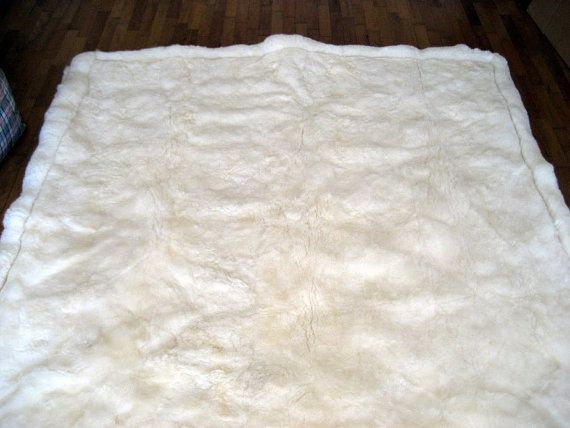Alpaca Quilt As the name suggests, the wool or fleece used to make these quilts comes from alpacas, a camel-like mammal that is native to the mountainous areas of Peru, Ecuador, Chile, and Bolivia. What the kangaroo is to Australia, the alpaca is to South America. The fibre is harvested from this animal, which has since been domesticated and bred for its wool.
Alpaca wool was first exported to Australia in the late 1980s. Ever since then, Australians have come to love the fleece because of the luxurious feel of the material. Those who own an alpaca quilt swear by the softness and high heat retention of the product. For example, it is three times warmer when compared to sheep fibre.
But how do you know that the product you bought is authentic? Here are some quick tips to ensure you don’t get a faux alpaca quilt:
- The most common method used by manufacturers is to use brushed acrylic and label it as alpaca wool. But one way to know is to touch and feel the material. When it is cool to the touch, then it is likely alpaca fleece. Brushed acrylic, in contrast, is warmer to the touch. It is because alpaca wool is classified as a poor thermal conductor, which means that it would retain heat much longer compared to sheep products.
- The product is sold at an amazingly low price. For example, you can hardly find a quilt made from alpaca fibre under $150. If you see the label as alpaca yet it is being sold for $50 then it is an obvious red flag that you should be wary about.
- Weigh it. It is not to say that you should bring a weighing scale with you. But when you carry a genuine alpaca quilt, you will notice that it will have some weight on it. You will immediately notice the weight difference, especially if you compare it with synthetic fibre. In the same vein, alpaca is a great insulator. Put the quilt above your head, and you will notice that the product will drown out the sounds from the outside.
- Watch for the colour. Alpaca fleece is not being sold using loud colours. Manufacturers only use natural dyes to highlight the product better rather than hide it. So, they typically have a shade of magenta, muted green, or a tint of orange.
- Inspect the underside. Synthetic fibres are soft because they brush it to lure in customers. However, when you look and feel the underside of the material, you will realise that it is rougher to the touch.
- Alpaca quilt does not pill compared to the synthetic fibres. If you do not know what a pill is, it refers to the lint or fuzz ball that forms on the exterior of the material after washing it. Also, if you run your fingers across the exterior, you should not feel any entanglement, unlike with brushed acrylic.
- Another way to know is to pull some of the fibres from the exterior of the alpaca quilt and then burn it with a lighter or a match. The smell would be similar to a distinct human hair burnt. Some of the synthetic fibres will melt and form a clump.
Unfortunately, there are products in the market that are being marketed as alpaca quilt or alpaca fleece. Instead of all-fleece, these products actually include synthetic fibres blended with alpaca wool.

